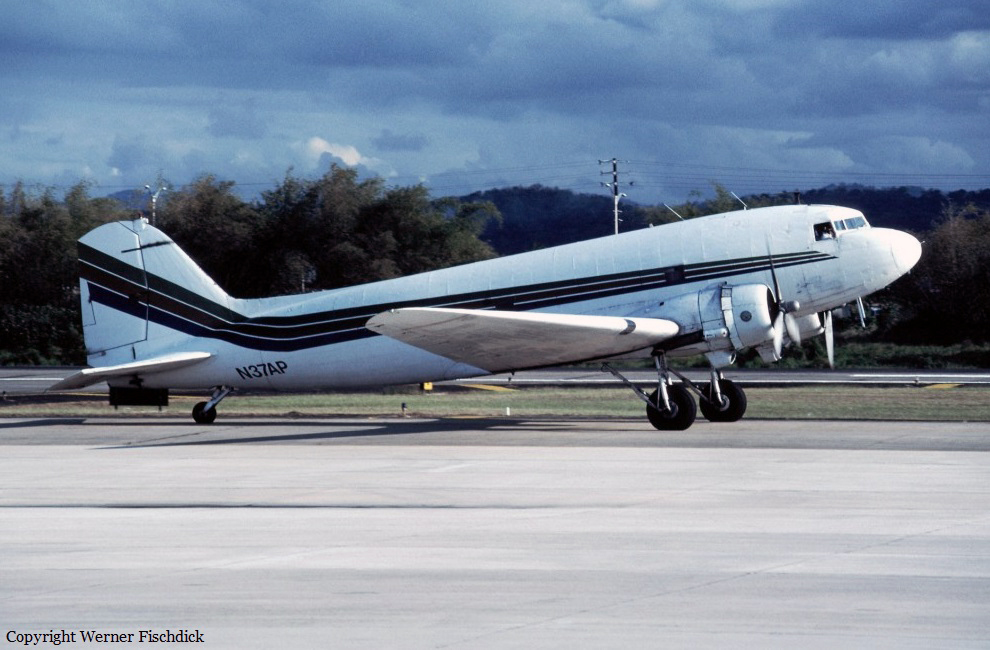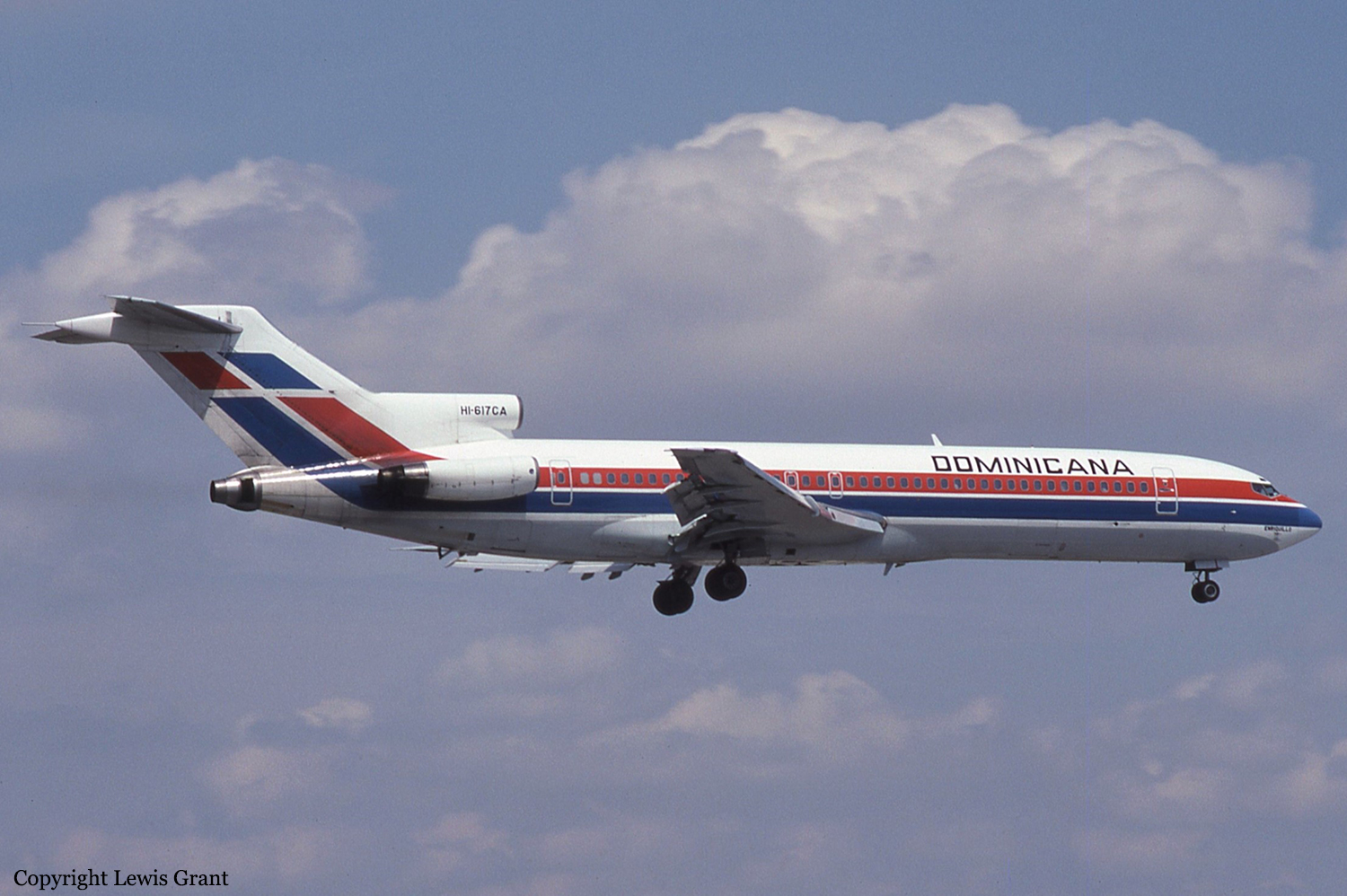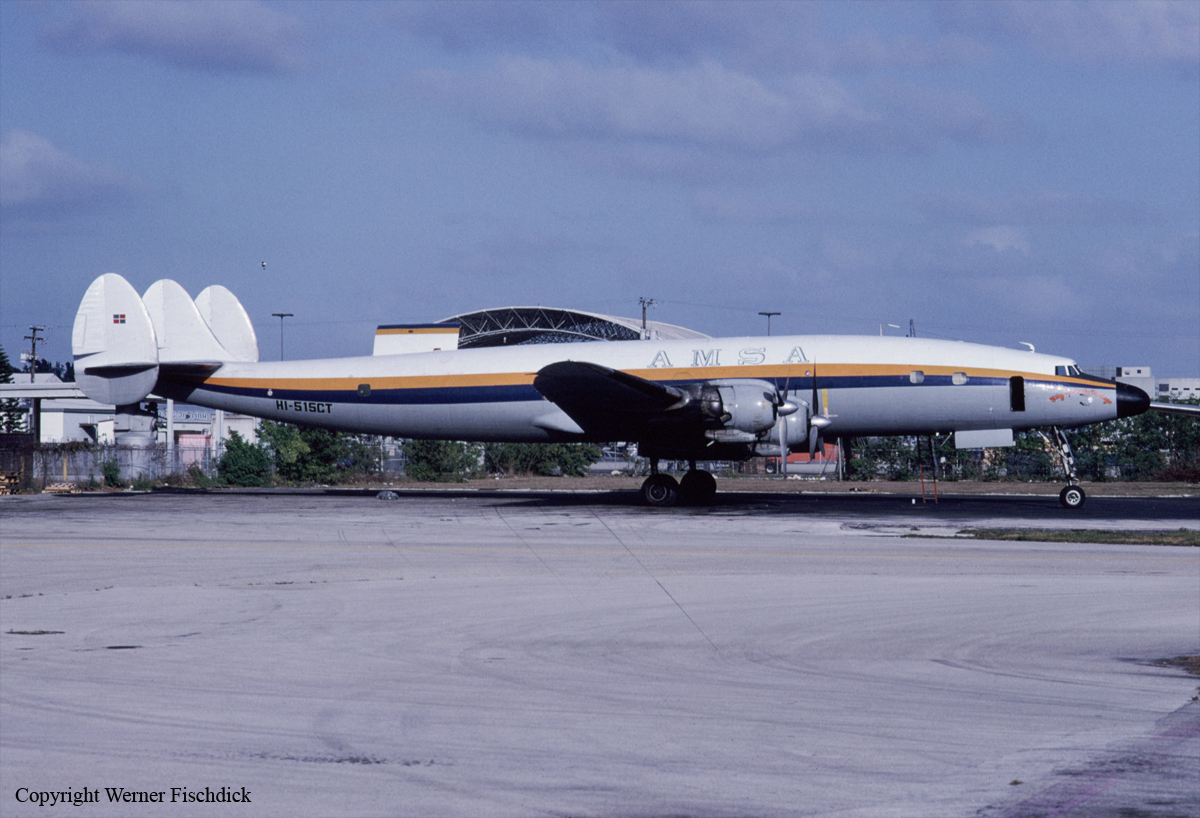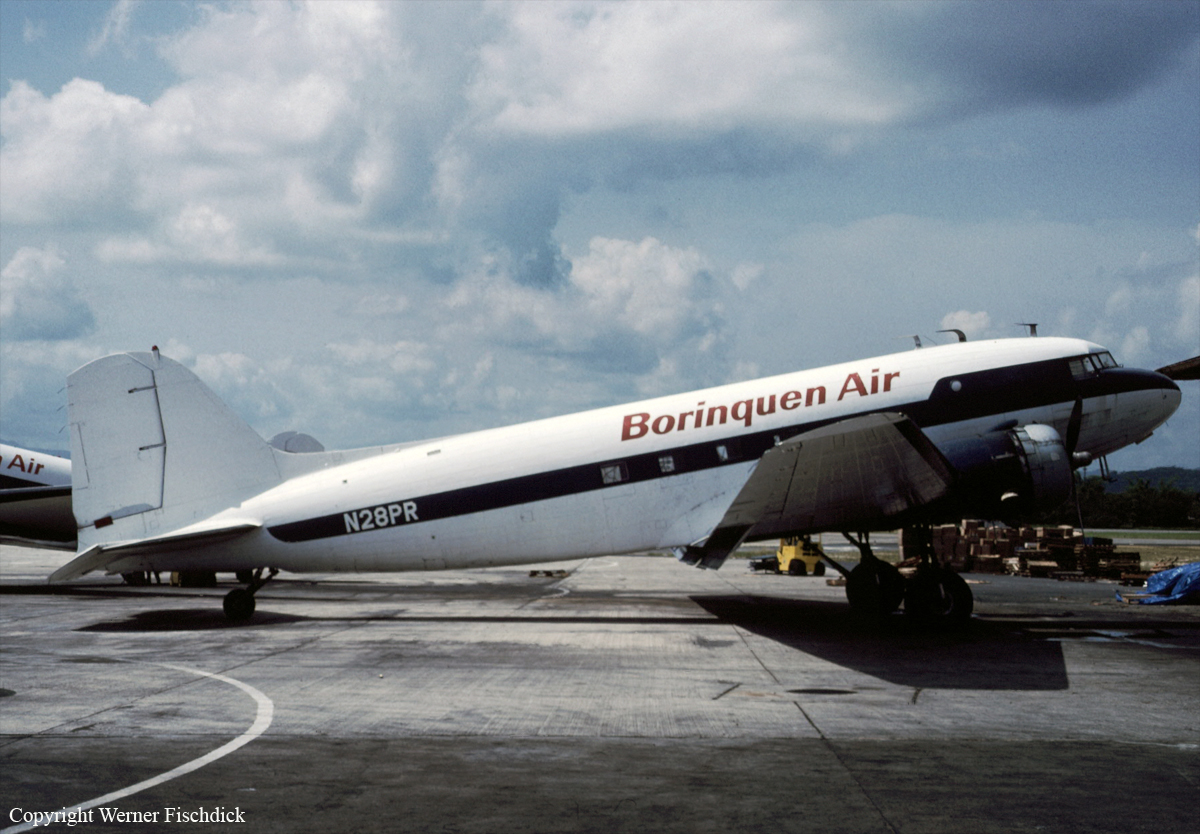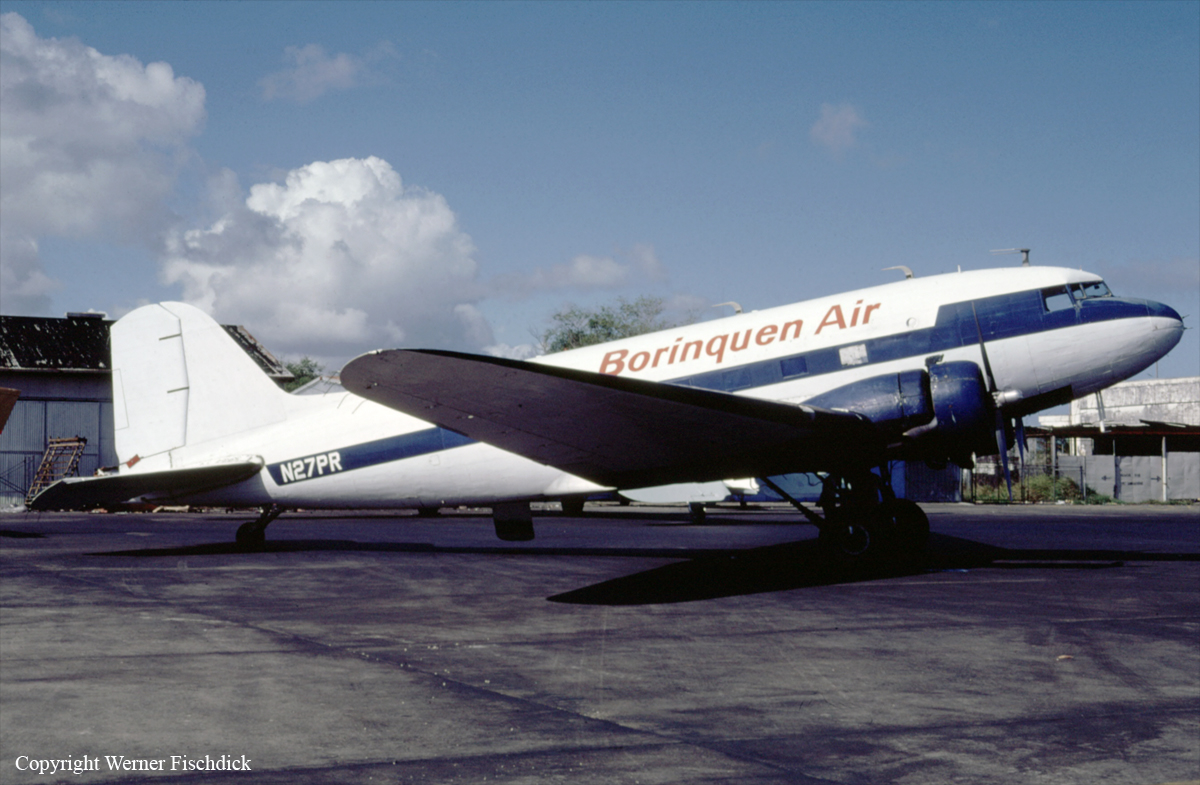Crash of a Convair CV-240 in Luquillo
Date & Time:
May 22, 1997 at 1530 LT
Registration:
N355T
Survivors:
Yes
Schedule:
Charlotte Amalie – San Juan
MSN:
281
YOM:
1952
Crew on board:
2
Crew fatalities:
Pax on board:
1
Pax fatalities:
Other fatalities:
Total fatalities:
0
Aircraft flight hours:
14239
Circumstances:
The pilot stated that during cruise flight, the flight crew noticed that the left engine had high temperature and that its oil pressure started to fluctuate. A precautionary engine shutdown was performed. A short time later, the right engine started to fail, and the airplane would not maintain altitude. The left engine was restarted, but the flight crew could not maintain altitude. A forced landing was made on a beach; however, the airplane came to rest in 5 feet of water in the Atlantic Ocean. Examination of the left engine revealed a failure of the front master rod bearing. Examination of the right engine revealed a failure of the aft master rod.
Probable cause:
Failure of the aft master rod in the right engine, and failure of the front master rod bearing in the left engine, which resulted in a forced landing on a beach and a subsequent encounter with ocean water.
Final Report:



